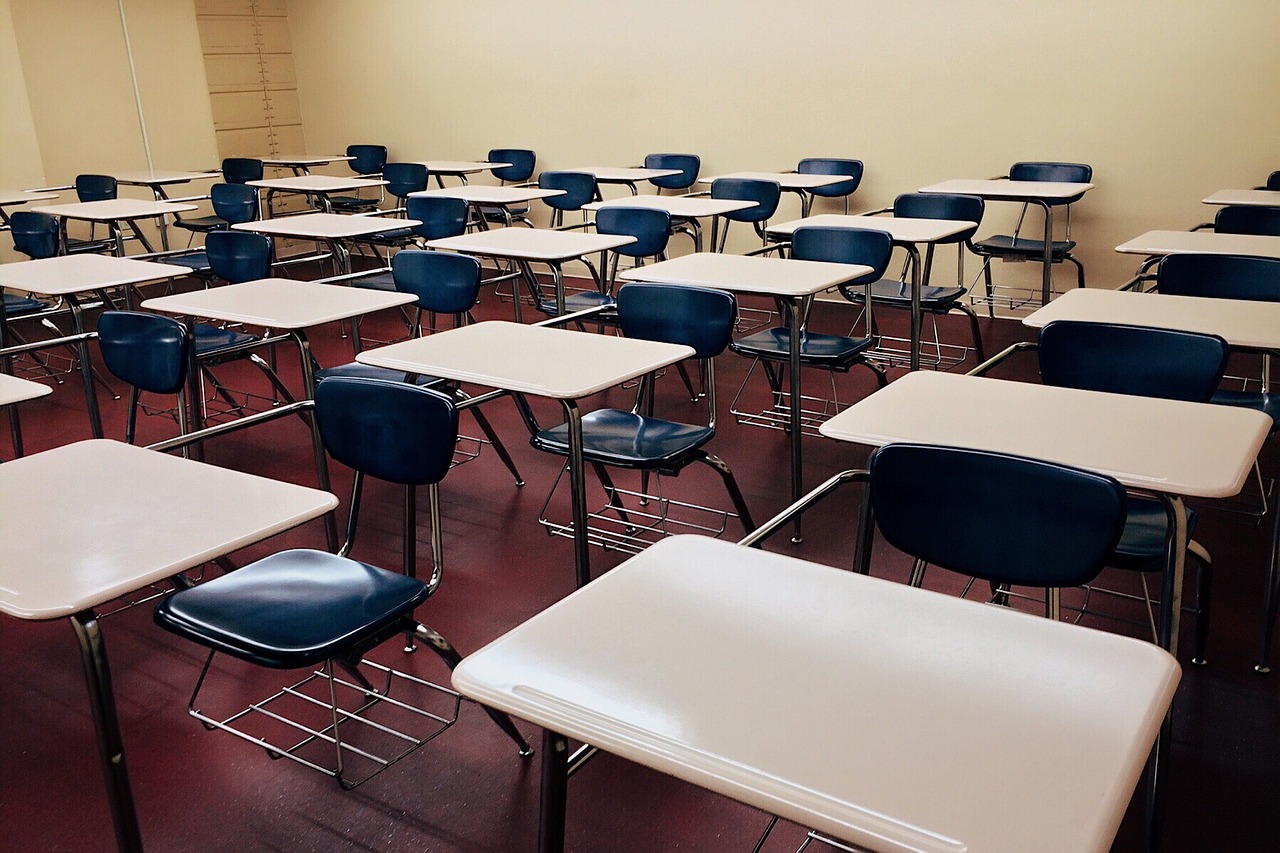
The Florida Chamber Foundation’s Florida Prosperity Initiative wants 100% of third-graders to be reading at grade level by 2030.
It’s an ambitious goal, considering more than two-fifths of Florida children are lagging behind by the time they enter fourth grade.
It’s a problem that can snowball, however. Children who aren’t reading well can get frustrated with school and by the time they’re in middle or high school, the gap between them and other students can seem insurmountable — so much so they give up.
That causes problems for Florida’s economy, the Chamber says. If fewer children finish high school, fewer will pursue a college or technical degree, leaving Florida unprepared for the workforce needs of tomorrow.
The earlier students get back on track, the more likely they are to succeed later in life.
One of the biggest hurdles to addressing the problem: Where should they start?
On Thursday, the Florida Chamber Foundation’s Business Alliance for Early Learning answered that question by unveiling a new tool that aims to give educators, policymakers and the business community data showing where those struggling students are.
The Florida Gap Map shows the number of children struggling with reading, both by ZIP code and by individual elementary school and contextualizes by overlaying it on the poverty maps the Florida Chamber Initiative produced earlier this year.
Leon County, for instance, covers 10 ZIP codes and 30 elementary schools. Reading scores range from a high of 91 to a low of 23. But the scores themselves don’t give the full picture, so the Florida Gap Map drills down a little deeper and provides a head count of students who are lagging behind.
At Leon’s School of Arts & Science Centre, just four third-graders are struggling with reading, but Bond Elementary School has 89 students who are behind the curve. The school is also located in the 32304 ZIP, where nearly half of children are living in poverty.
The Chamber says the granular data will help business leaders and others focus their efforts on the schools and children who would benefit the most from their help.
The Florida Gap Map is open to the public. Users can view data for any Florida county and click on the ZIP codes in it to see which schools are struggling. The data can be downloaded and shared with others.
The Gap Map is a product of the Florida Chamber Foundation’s Prosperity Initiative, which is a brainchild of Florida Chamber CEO Mark Wilson and former House Speaker Will Weatherford and has the express goal of slashing the childhood poverty rate over the next decade.
Represented by Wilson, the initiative has testified before the U.S. House Committee on Ways and Means, Subcommittee on Human Resources on breaking the cycle of generational poverty.




One comment
Karl Nurse
September 10, 2020 at 12:44 pm
While the Chamber may think it is a stretch goal to get all 3rd graders up to reading level within 10 years, think about the hundreds of thousands of students who will be pushed to the next grade without adequate reading skills in the meantime. The time to commit is now. Social promotions serve no one.
Comments are closed.